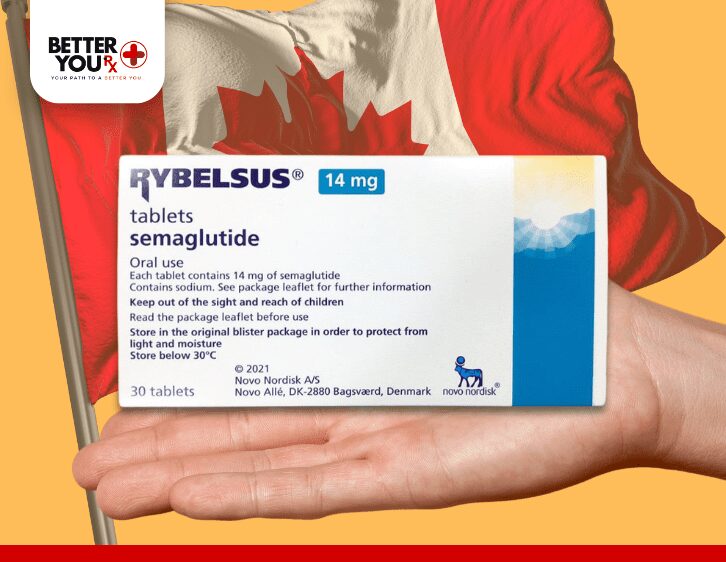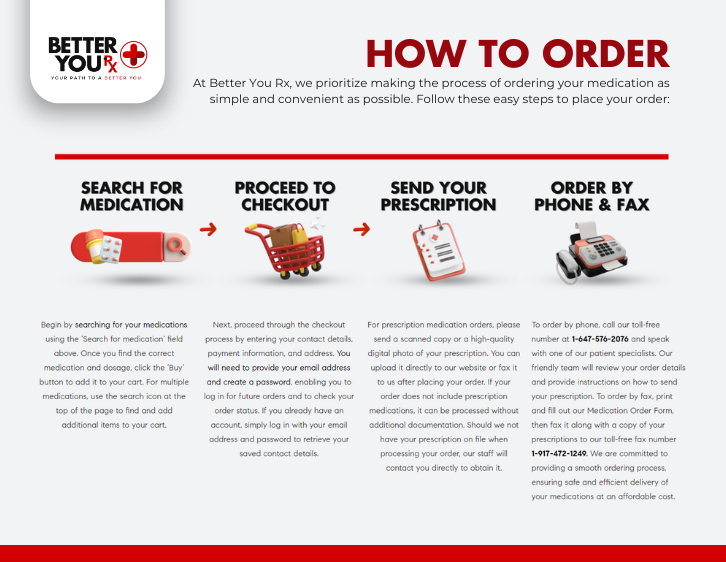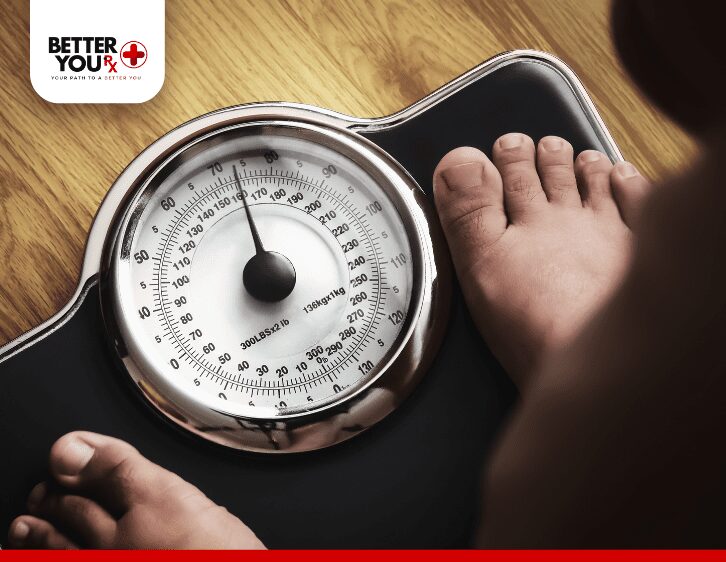Effective Ways to Deal with Depression and Anxiety When Alone
Experiencing depression and anxiety can feel isolating, especially when you are alone. Many individuals find that their mental health challenges become more pronounced during times of solitude. Whether it’s the silence amplifying anxious thoughts or feelings of loneliness exacerbating depressive symptoms, being alone can complicate these experiences. This article delves into effective strategies for managing depression and anxiety when you’re by yourself, emphasizing practical coping mechanisms, the importance of self-care, and the value of seeking connection and support.
Understanding Depression and Anxiety
To effectively cope with these feelings, it’s essential to understand the nature of depression and anxiety.
- Depression often manifests as a persistent low mood, loss of interest in activities, fatigue, and a sense of hopelessness. It can impact daily functioning, making even simple tasks feel overwhelming. Common misconceptions about depression can lead to feelings of shame or inadequacy, making it crucial to recognize that it’s a medical condition that requires attention and care.
- Anxiety, characterized by excessive worry or fear, can lead to physical symptoms like rapid heart rate, sweating, and difficulty concentrating. It often stems from a perceived lack of control over one’s environment or future. Understanding that anxiety is a natural response to stress can help individuals reframe their experiences and develop healthier coping mechanisms.
Both conditions can lead to a cycle of negative thoughts and feelings, especially when one is alone. Acknowledging this cycle is the essential first step to breaking free from it.
Coping Strategies for Managing Depression and Anxiety Alone
Establishing a Routine

Establishing a structured daily routine can offer a sense of stability and predictability. Establishing a routine is particularly beneficial because it helps combat the lethargy that often accompanies depression and the racing thoughts common in anxiety. Here are some aspects to consider:
- Morning Ritual: Start your day with a consistent morning ritual that includes activities like stretching, meditation, or journaling. This can set a positive tone for the day and create a sense of accomplishment right from the start.
- Meal Planning: Schedule regular meal times to ensure you are nourishing your body. Eating balanced meals can positively impact your mood and energy levels. Consider preparing simple, healthy snacks that are easy to access throughout the day.
- Dedicated Activity Time: Allocate specific times for engaging in activities you enjoy, whether that’s reading, watching a favorite show, or working on a creative project. Allowing time for these interests can help break up the day and provide moments of joy.
Practicing Mindfulness and Meditation

Mindfulness and meditation can serve as powerful tools to ground yourself when feelings of anxiety or sadness arise.
Mindfulness Exercises: Integrate mindfulness exercises into your daily activities to promote mental well-being. This can include paying attention to your breath, observing your surroundings, or practicing gratitude by noting things you appreciate in your life.
Meditation Apps: Explore various meditation apps that offer guided sessions tailored for managing anxiety and depression. Many apps provide options for different lengths, making it easy to fit into your schedule.
Body Scan Technique: This technique involves lying down comfortably and mentally scanning your body from head to toe, noting areas of tension or discomfort. This practice can help you develop awareness of physical sensations and promote relaxation.
Engaging in Physical Activity
Physical activity is a proven mood booster. Engaging in regular exercise releases endorphins, which can alleviate feelings of depression and anxiety. You don’t need to embark on intense workouts; instead, consider:
Walks in Nature: Spend time outside, whether it’s a walk in the park or simply sitting in your garden. Spending time in nature can have a soothing effect and enhance your mood.
Home Workouts: Explore online fitness classes or yoga sessions that you can do in the comfort of your home. Even gentle stretching or dance can lift your spirits.
Setting Achievable Goals: Start with small, achievable fitness goals, such as walking for 10 minutes a day. Gradually increasing your activity level can lead to a sense of accomplishment.

Limiting Screen Time and Social Media
In our hyper-connected world, it’s easy to fall into the trap of excessive screen time, especially when alone. While digital connections can be comforting, they can also lead to feelings of isolation or inadequacy.
Set Boundaries: Limit your time spent on social media platforms or watching TV. Instead, schedule “screen-free” hours where you can focus on offline activities.
Engage in Hobbies: Explore hobbies that require hands-on engagement, such as painting, knitting, or puzzles. These activities can divert your mind from anxious thoughts and bring a sense of accomplishment.
Connect Meaningfully: When using technology, opt for meaningful connections. Video calls with loved ones can be more fulfilling than passive social media scrolling.
Seeking Professional Help
If feelings of depression and anxiety persist or worsen, it’s crucial to seek professional help. A mental health professional can provide tailored support and interventions.
Therapy Options: Consider various therapeutic approaches, such as cognitive-behavioral therapy (CBT), which focuses on identifying and changing negative thought patterns, or dialectical behavior therapy (DBT), which combines mindfulness and emotional regulation techniques.
Building a Support Network
Even when you’re physically alone, maintaining connections with friends, family, or support groups is essential. Having a strong support network can provide both emotional comfort and practical assistance.
Regular Check-Ins: Schedule regular check-ins with friends or family, whether through phone calls, video chats, or even text messages. Sharing your experiences can alleviate feelings of isolation.
Online Support Groups: Explore online forums or support groups where you can connect with individuals facing similar challenges. Sharing experiences in a supportive environment can foster a sense of belonging.
Community Engagement: Consider volunteering for local organizations or participating in community activities. Engaging with others can provide a sense of purpose and connection.
Practicing Self-Compassion
Self-compassion is vital in managing depression and anxiety, especially when feeling alone. It involves treating yourself with kindness rather than harsh judgment.
Positive Affirmations: Practice positive affirmations by acknowledging your strengths and accomplishments. Develop a collection of affirmations that resonate with you and make it a habit to repeat them regularly.
Challenge Negative Thoughts: When negative thoughts arise, challenge them by asking yourself if they are rational. What evidence supports or contradicts these thoughts? This practice can help shift your mindset.
Acknowledge Emotions: Allow yourself to feel your emotions without judgment. It’s okay to feel sad, anxious, or overwhelmed. Identifying these feelings is a vital part of the healing process.
Utilizing Creative Outlets
Expressing emotions through creativity can serve as a therapeutic outlet. Engaging in creative activities can help process feelings and distract from negative thoughts.
Writing and Journaling: Consider maintaining a journal where you can freely express your thoughts and feelings. Writing can serve as a release and a means to reflect on your experiences.
Artistic Expression: Explore various art forms, such as painting, drawing, or crafting. Creating art can be a fulfilling way to express emotions and reduce stress.
Music: Listen to uplifting music or create playlists that resonate with your mood. Playing an instrument or singing can also provide a sense of release and joy.
Conclusion
Dealing with depression and anxiety when alone can be a daunting challenge sometimes can lead to obesity, but implementing these strategies can help foster resilience and promote mental well-being. Recognize that seeking help is a sign of strength, and reaching out for support, whether from friends, family, or mental health professionals, is a vital step toward healing. Prioritize self-care, stay engaged with your interests, and remember that you are not alone in this journey. Small, consistent efforts can lead to significant improvements in your mental health and overall quality of life.
If you or someone you know is struggling with mental health challenges, consider reaching out to a healthcare provider or a mental health professional for support. Taking that first step can open the door to healing and recovery.


































